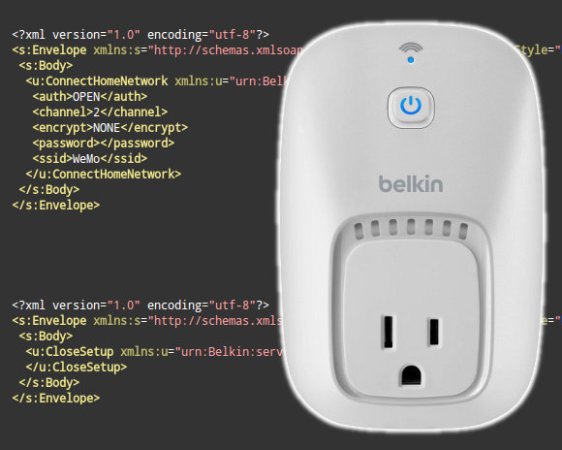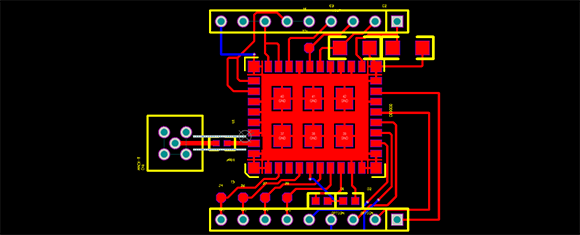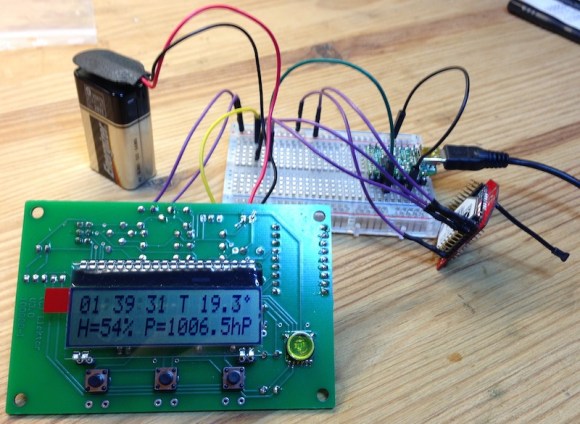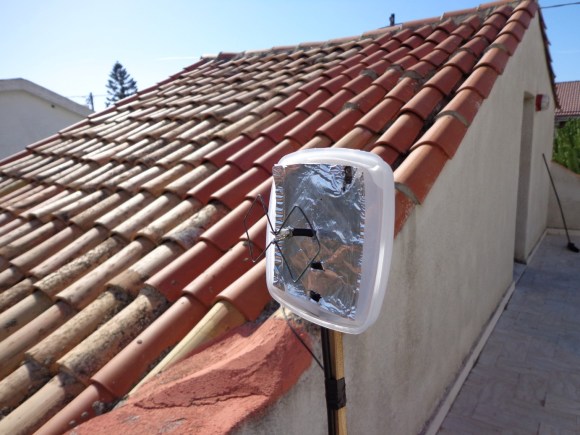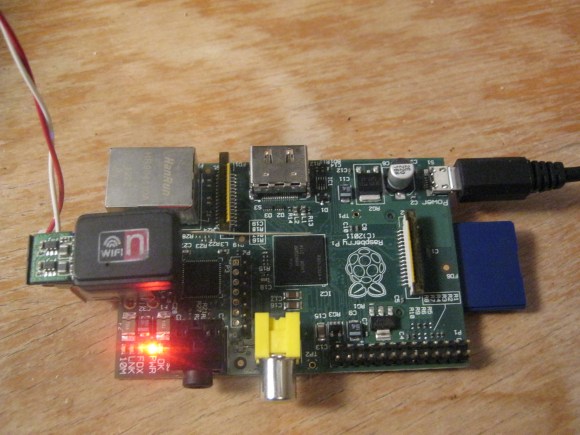[Matt Galisa] decided to try his hand at setting up the Belkin WeMo outlet without using a Smartphone app. The hardware is a pass-through for mains voltage which allows you to switch the plug over the network. It has a built-in WiFi module which normally connects to your home network. But the first time that you power it up it announces its own SSID designed for an iOS (and recently Android Beta) app to connect to in order to enter your AP credentials.
He started with this Python script used for WeMo hacking. It was originally meant to issue commands to the outlet once it had passed the initial setup. [Matt] followed along but couldn’t get an answer on the port he expected. It turns out that the device listens on a different port until the initial setup is complete (probably so that you don’t mess up other outlets on the network that are already working correctly). His next challenge was to manually set the WPA credentials. This never really worked and he ended up using a virtual AP without password protection through DD-WRT. From there he was able to set up a Python script to turn on, off, and toggle the state of the outlet.
If you’re looking to dig deeper into the device’s security check out this project.

